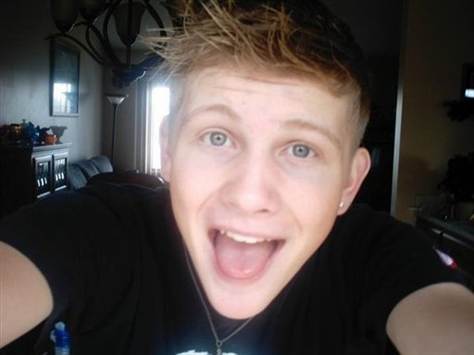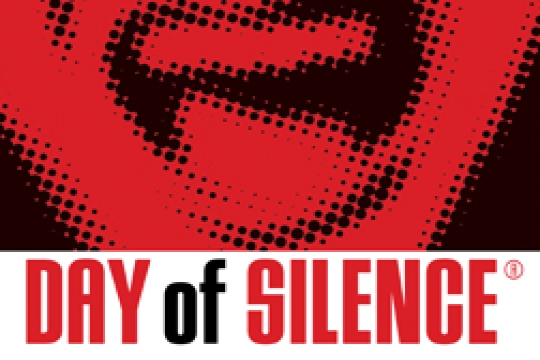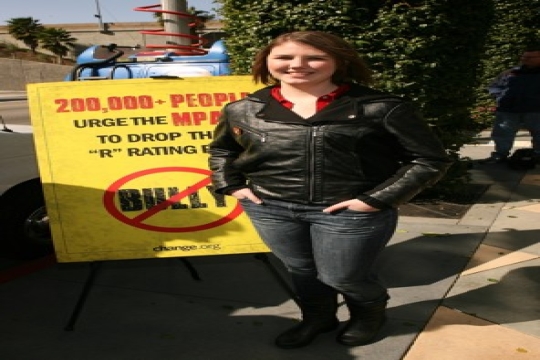Image

The phenomenon of LGBT teen suicide is not an aberration, but, tragically, the rule – and it has been for decades, if not more. Yet consistently the narrative surrounding the issue has been related as if LGBT teen suicide had a definite starting point—and either has ended or has a definite end point in the imminent future.
In Rolling Stone Magazine, the sub headline of an article on LGBT suicides read (emphasis mine), “In Michele Bachmann's home district, evangelicals have created an extreme anti-gay climate. After a rash of suicides, the kids are fighting back.”
That phrase “rash of suicides” (or "spate of suicides") has appeared frequently in reference to LGBT youth killing themselves: In a Washington Blade article, a gay official at the Administration for Children and Families (ACF) said he was concerned about “the tragic rash of suicide and bullying.” ThinkProgress reported on changes to Minnesota school policy on LGBT issues, referring to “the rash of suicides that resulted from [a lack of inclusivity].”Over at Towleroad, a February 14th headline read, “Anoka-Hennepin School District Replaces Policy Linked to Spate of Gay Teen Suicides.”
This narrative isn’t new, either: It emerged almost immediately after news media began – at last, in October 2010 – to report on the suicides of LGBT youth beaten down by widespread bullying and harassment in schools. An October 5, 2010, Fox News headline announced: “Education Officials 'Silent' Over Rash of Teen Suicides.” Days later, USA TODAY reported “Elton John decries recent rash of anti-gay bullying, suicides.” A Huffington Post article in late October 2010 discussed “a recent rash of suicides among gay youth [that] has captured the attention of the nation” – even while simultaneously attempting to explain that “hundreds of suicides go unreported every year.”
This framing of the issue – that it’s a rash, implying that it’s new, that it will clear up soon without us having to do much about it – needs to stop, and it needs to stop now. We also need to recognize that the kids who kill themselves, or who try to kill themselves, are not limited to those whose stories gather the most news coverage. According to the Suicide Prevention Resource Center’s study Suicide Risk and Prevention for Lesbian, Gay, Bisexual, and Transgender Youth (emphasis mine):
“…population studies suggest that a range of 4 to 8 percent of all young people have attempted suicide by age 20… In contrast… studies of LGB youth found that the following percentages of lesbian, gay, and/or bisexual youth had attempted suicide at some point over the life course: 40.3 percent of LGB people up to age 21 (Proctor & Groze, 1994), 37 percent of LGB youth ages 14 to 21 (D’Augelli, 2002), 33 percent of GB males ages 15 to 25 (Remafedi, 2002), 30 percent of GB males ages 14 to 21 (Remafedi, Farrow, & Deisher, 1991)”If we look at the dates of these studies – 1991, 1994, 2002 – we quickly come to the conclusion that this crisis is nothing new. As I’ve written before, the tragic stories of LGBT kids who have taken their own lives existed long before the news media started paying attention Today, we are dangerously close to excising these tragic stories for the sake of narrative convenience. It is imperative that this not happen. In order to properly address this epidemic of LGBT suicides, we cannot pretend that it is new, or that its causes are a phenomenon of the 21st century. Instead, we must recognize that LGBT youth suicides are a symptom of a society that largely ignores the existence of LGBT people in our historical and cultural narratives, an educational system that systematically excludes information for non-heterosexual students from sexuality education curricula, a political environment that breeds nonstop attempts to enshrine into state constitutions that same-sex relationships are worth less than straight ones, and school systems that stand idly by the bullying and harassment of children and themselves discriminate against their students. These factors combine to create an atmosphere so poisonous to LGBT youth that sometimes even those who work in suicide prevention are driven to take their own lives. The scope of this problem should not serve to discourage us, but rather to push us to action. That so much is so wrong is not license for us to “stand idly by as [our] neighbor bleeds” (Lev. 19:16); it is a call to action. Rabbi Abraham Joshua Heschel once said, “In a free society, some are guilty, but all are responsible.” The bullies, bigots, and school boards may be guilty – but that is all the more reason that we are responsible to stand up for marriage equality, push for LGBT-inclusive comprehensive sex education and anti-bullying laws, and demand that all Americans be treated with dignity and respect. Image courtesy of the Minnesota Independent.
Related Posts
Michigan Reform Jewish Clergy Urge Senator Levin to Support Anti-Bullying Bill
Washington, D.C. August 9, 2012 - A group of Reform Jewish clergy in Michigan - 16 rabbis and 3 cantors - have signed a letter, coordinated by the Religious Action Center of Reform Judaism, to Senator Carl Levin (D-MI) urging him to join 41 of his Senate colleagues in co-sponsoring the Safe Schools Improvement Act (S.506).
Image

Today is the Day of Silence: What Are You Doing for LGBT Equality?
Today, millions of students are taking a stand in their schools against anti-LGBT bigotry. They are participating in the National Day of Silence, which calls attention to the effects of bullying and harassment in schools.
Image

Bully movie to be rated PG-13!
Recently, the movie Bully became the center of a controversy when the Motion Picture Association of America (MPAA) announced that it intended to rate the documentary “R,” thereby preventing the vast majority of American teenagers from being able to view the film.
